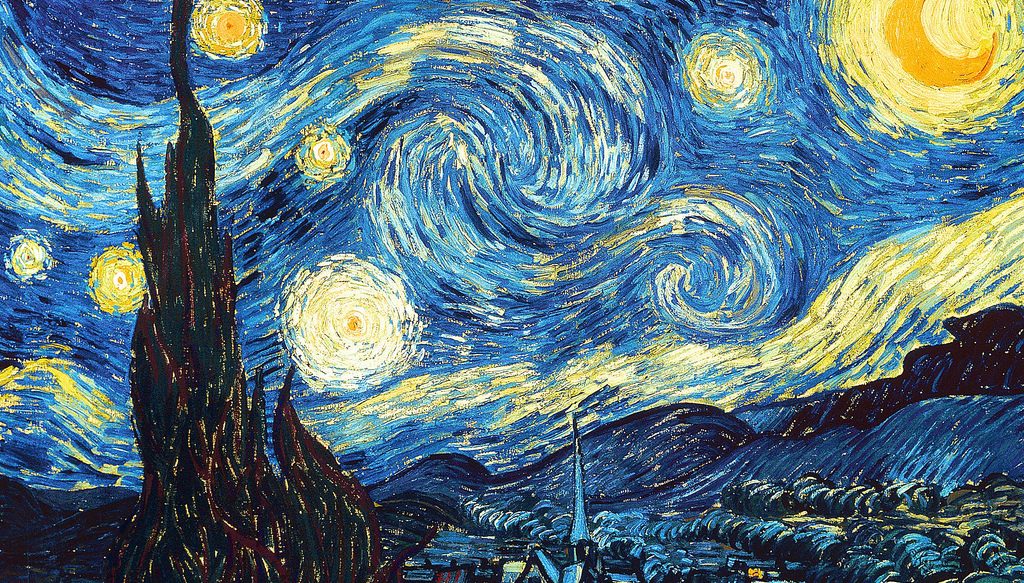It took over 100 years to notice this about a painting millions have seen
(Higher Perspective) Everyone has seen Starry Night, the signature piece of art painted by Vincent Van Gogh. The swirling stars and bright crescent moon stir in our imaginations something that not all art can. The origins of the painting are emotionally charged and a bit sad.
After cutting off a piece of his own ear during a psychotic episode, Van Gogh admitted himself to the Saint Paul de Mausole insane asylum in France. It was there that he painted the now famous Starry Night.
Van Gogh suffered from what is now known as temporal lobe epilepsy. It is a condition that results in hallucinations as well as manic feelings of inspiration and fascination. His psychosis, according to historians, may very well be what inspired his turbulent pieces of work.
Recently, scientists have discovered something else about his work, particularly during the psychotic part of his life. When analyzing telescope images and the natural flow of light in and around stars, they noticed it was similar to how light flows in Starry Night. It was striking.
After detailed analysis, scientists discovered that Van Gogh unknowingly mastered fluid turbulence, one of the more misunderstood concepts in physical science. Even more interestingly, the only time his artwork mimicked fluid turbulence was when he was in a psychotic state.
It’s a skill the normal brain just doesn’t have.
In the end, it’s believed that Van Gogh took his own life without much recognition for his work. He only sold one painting in his entire life. But his genius lives on.
Source: Higher Perspective
You may also like:




